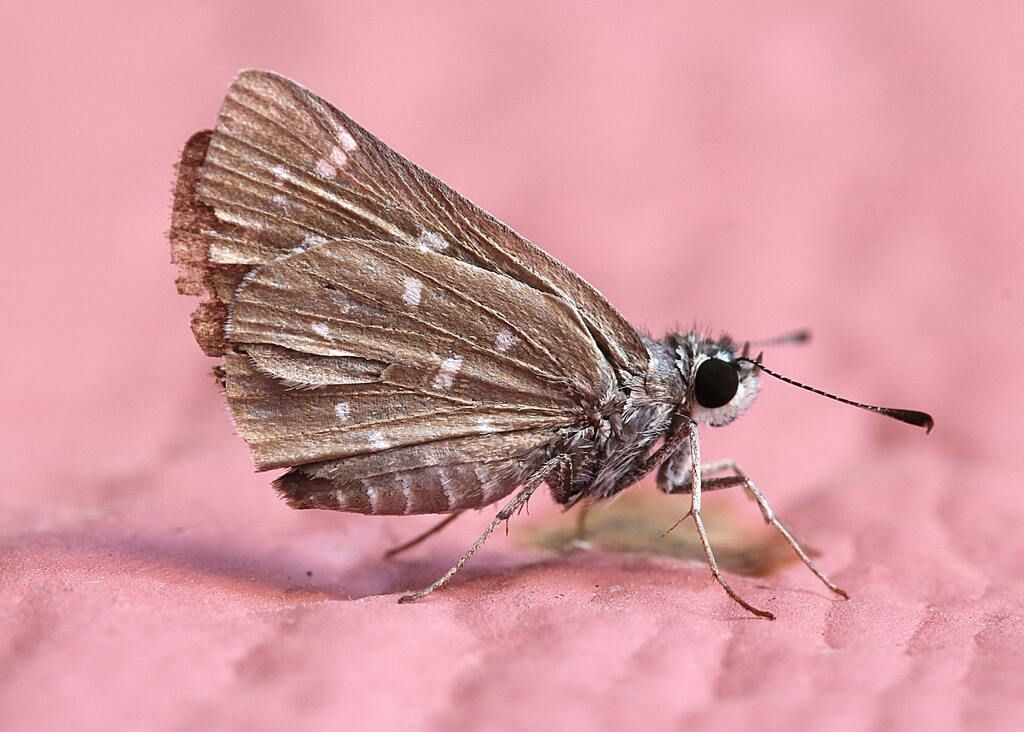At Faraja Pest, we're committed to protecting your comfort and peace of mind by expertly handling bed bug issues.

Textile Pests
Textile pests, such as carpet beetles and clothes moths, pose a significant threat to fabrics, furnishings, and clothing. These pests can silently destroy valuable items, from expensive garments to cherished family heirlooms. In homes, the emotional and financial toll of damaged belongings can be substantial. For businesses, particularly those in fashion, retail, or hospitality, textile pest damage can lead to severe financial loss and harm to reputation. The hidden nature of these pests often leads to delayed detection, exacerbating the damage.
Warning
Textile pests like carpet beetles can lay up to 100 eggs, which turn into fabric-eating larvae. In Kenya's environment, rapid infestation is possible.
Textile pests are attracted to natural fibers such as wool, silk, feathers, and fur. They thrive in undisturbed, dark areas like closets, drawers, and storage boxes. The real culprits of the damage are their larvae, which feed on these materials. Due to their discreet feeding habits, infestations can go unnoticed until significant damage has occurred, making early detection and professional intervention crucial.
How to Identify the Pest: Key indicators of a textile pest infestation include:
- Damaged Fabrics: Holes, thinning, or bare patches on clothing, upholstery, or carpets.
- Larvae and Adult Insects: Finding larvae (small, worm-like creatures) or adult pests in or around textile items.
- Silken Tubes or Cases: For clothes moths, the presence of these structures on fabrics.
Recognizing these signs early is vital for effective control and prevention of further damage.

Managing textile pests requires more than just cleaning or using mothballs. FarajaPest provides professional textile pest control services:
- Expert Inspection: Identifying affected and at-risk items, as well as the extent of the infestation.
- Customized Treatment Plans: Safe and effective treatments designed to eliminate textile pests without damaging your fabrics.
- Preventive Advice: Guidance on how to protect your textiles from future infestations.
Our targeted approach ensures the preservation and protection of your valuable textiles.
Effective prevention of textile pests involves:
- Proper Storage: Store textiles in airtight containers or bags, especially if used seasonally.
- Regular Cleaning: Frequently clean and vacuum storage areas and inspect stored items periodically.
- Climate Control: Maintain low humidity levels in storage areas to deter pest infestation.
- Professional Consultation: Regular inspections by pest control experts can help detect early signs of infestation and prevent damage.
Implementing these strategies can significantly reduce the risk of future textile pest problems.